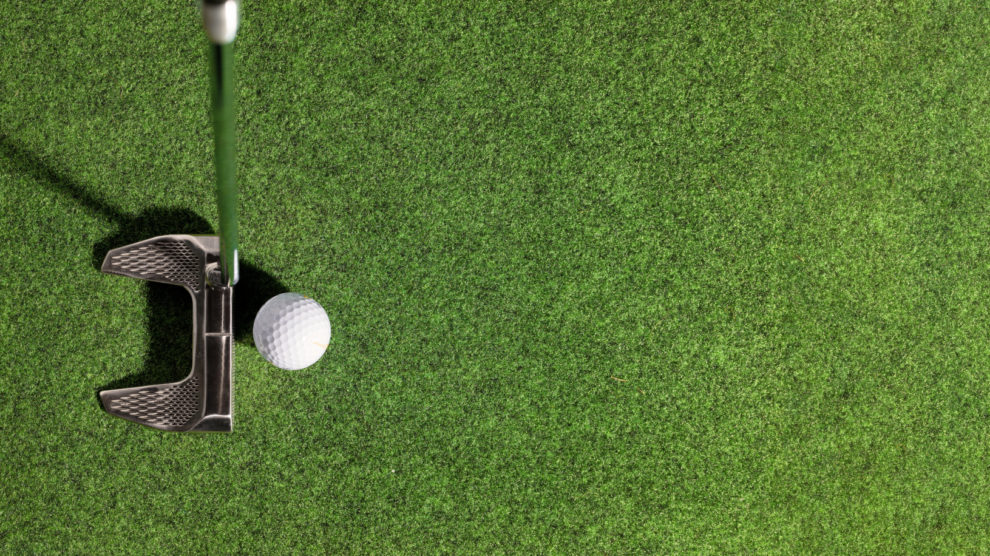Whether you have a home course or a home club, or you're a golfer who likes to play a wide variety of courses in your area or when you travel, you need to be able to chip to and putt on any kind of greens.
Every golf course has greens with different speeds and firmness, and there are a variety of factors that go into making greens fast or slow, firm or soft. More importantly, whether greens are fast or slow, firm or soft are relative to the golfer. If the golf course you play the most has slow greens, then you'll have to acclimate quickly to a course with fast greens. If the reverse is true, you'll have to hit putts significantly harder than usual throughout the round on slow greens.
Sometimes, though, you won't have a whole lot of time to figure out the green speeds on the course you're playing that day. You might be arriving too late to get significant time, if any, on the practice green. You might find that the practice green you prepared on at the course doesn't really match what you experience on the course. Whatever the reason, you need to be prepared to putt on any green speed at any time, and here's a simple plan to prepare.
A 3-step plan to handle any green speed
Benchmark your distances
Perhaps the most important thing you can do to prepare to putt on greens of any surface is to benchmark your distances. Go to the place you play the most, find a spot with carpet in your house -- whatever is available -- and hit putts of certain length. Hit 5-footers, 10-footers and 20-footers. Try a 40-foot putt.
What you're trying to benchmark is a feeling. How far do you have to take back the putter to hit a flat putt each distance? The more time you can spend learning how hard you have to hit a putt on your benchmark surface, the easier you can translate that to different green speeds.
Have a plan for speed
When putting on fast greens, I tend to play more break than I would usually. It's easier for me to handle speed by hitting putts that way than trying to jam them in the cup. However, if you're a player who prefers to putt more aggressively to the cup -- and performance-tracking data suggests that making putts with more speed is less reliable over the long haul -- then you may have to take even more off your stroke to still play that style.
Conversely, if I'm putting on slower greens, I'm going to take out some break and play more toward the cup unless the situation clearly dictates it. An aggressive putter will have to worry about getting too greedy on slower surfaces.
Know a few tips and tricks that work for you
One of the best putting tips I've ever gotten for faster greens and especially fast putts is to line up the putt on the toe of the putter. By making a strike on the toe, you won't hit the putt as well, and you'll transfer less energy to the ball at impact. I love that tip and use it sometimes in putting (and chipping, especially when I need to skip the ball without much spin).
Maybe you feel more comfortable making a more glancing blow with the putter when the greens are fast, or you like to popstroke the putter a little more when the greens are slower. A lot of learning what works in golf comes from trial and error -- typically, a lot of error. So, above all, embrace the challenge and realize that learning these kinds of skills will make you a better golfer.

